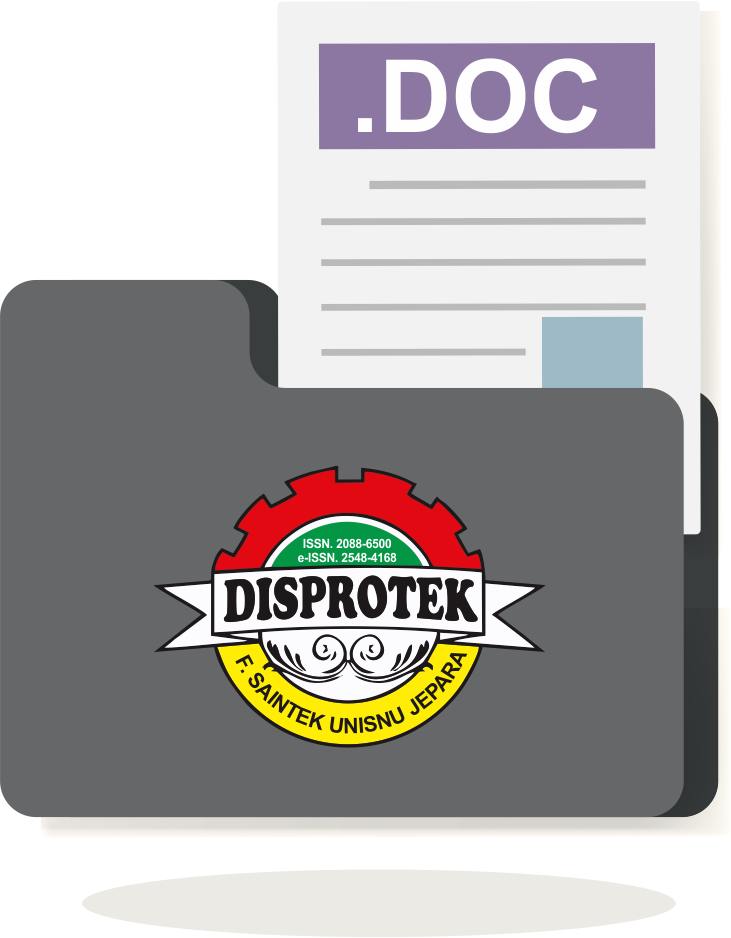IDENTIFIKASI TINGKAT KENYAMANAN LINGKUNGAN KERJA FISIK PADA CHEF BURJO BORNEO TERHADAP SUHU UDARA
Abstract
Full Text:
PDFReferences
Akbar, R. Purnomo Setiady, dan Usman, Husaini, M.Pd.,M.T., (2006). Pengantar Statistika. Edisi Kedua. Jakarta: Bumi Aksara
Alfabeta. Suharsaputra. (2012). Metode Penelitian: Kuantitatif, Kualitatif, dan Tindakan. Bandung: PT Refika Aditama.
Arikunto, Suharsimi. (2010). Prosedur Penelitian: Suatu Pendekatan Praktik.(14thed) Jakarta: PT Rineka Cipta. Darmawan, Deni. (2013). Metode Penelitian Kuantitatif. Bandung: PT Remaja
Ashrae. (1989). Handbook of Fundamental Chapter 8: Physiological Principles.
Diponegoro Mochtar. (2013). Faktor yang Berhubungan dengan Stress Kerja pada Pedagang Tradisional Pasar Daya Kota Makassar Tahun 2013: 1-11
Gage, N.L, Berliner, David C. (1998). Educational psychology. Boston: Houghton Industri Institut Teknologi Bandung. Jurnal Sistem Teknik Industri Volume 6, No. 3 Mifflin.
Noor, Juliansyah. (2011). Metodologi Penelitian: Skripsi, Tesis, Disertasi, dan Karya Ilmiah Jakarta: Prenada Media Group. Ravai dan
Refika Aditama.
Sugiyono (2010). Metode Penelitian Bisnis. Bandung : Penerbit Alfabeta.
Rosdakarya.
Ghozali, Imam. (2013). Aplikasi Analisis Multivariate dengan Program IBM SPSS21: Update PLS Regresi. (7th ed) Semarang: Badan Penerbit Universitas.
Firman Adhi. Sedarmayanti. (2011). Membangun dan Mengembangkan Kepemimpinan serta Meningkatkan Kinerja untuk Meraih Keberhasilan. Bandung:
Sugiyono, (2012). Metode Penelitian Kombinsasi. Bandung : Alfabeta.
Sugiyono. (2013). Metode Penelitian Pendidikan: Pendekatan Kuantitatif, Kualitatif, R&D. ( 1 6 t h e d ) Bandung: CV
Sutrisno, Edy. (2010). Manajemen Sumber Daya Manusia. Jakarta: Kencana. Sutrisno, Edy. (2012). Budaya Organisasi. Jakarta: Kencana.
Suwanto, H, dan Donni Juni Priansa. (2010). Manajemen SDM Dalam Organisasi Publik dan Bisnis. Bandung : Alfabeta.
Tarwaka, Solichul HA dan Lilik Sudiajeng. (2004). Ergonomi untuk Kesehatan Kerja
DOI: https://doi.org/10.34001/jdpt.v10i1.780
Article Metrics

This work is licensed under a Creative Commons Attribution-ShareAlike 4.0 International License.
Disprotek Indexed by:
DISPROTEK: Journal of Informatics Engineering, Information Systems, Electrical Engineering, Industrial Engineering, Civil Engineering, and Aquaculture is licensed under a Creative Commons Attribution-ShareAlike 4.0 International License.

_001.png)




















